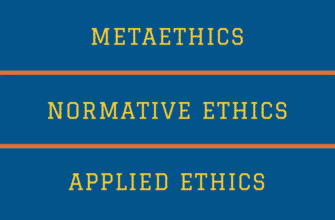Stop me if this sounds familiar: You’ve spent the better part of the quarter selecting the best way to measure your team’s engagement. You distribute a survey and send reminders to garner a respectable participation rate. A few weeks later the results are in and your team starts planning improvements for the next eleven months before the next annual survey reveals your progress.
And therein lies the problem: Things change, and quick.
Most companies base their organization’s efforts to improve engagement on outdated, irrelevant data. People come and go, initiatives change, and industry landscapes change faster than beach heads in a storm. The people you are surveying now are not the people you surveyed a year ago. And, even if the individuals haven’t changed, the work, priorities, and culture have. The new reality? Companies don’t have a year to wait and see if scores have improved.
It’s no different than in the marketing industry. They figured out long ago that to survive in our age of instant information where texting, tweeting, and blogging are replacing the traditional print media (who can wait until tomorrow morning to get the news?), they must know how customers are feeling at this instant and address their concerns before the social media grapevine takes the story and runs.
Based on a 2012 survey conducted by Infogroup Targeting Solutions and Yesmail Interactive, 83% of marketers had plans to make greater use of real-time data within the next 18 months. They are realizing the need to make more timely use of external customer data to drive personalized marketing campaigns. An engagement survey is no different—if used properly, it measures our internal customer data to drive personalized campaigns that address their concerns and improve the organization.
Executives who don’t insist on current data do their organization a disservice. If a company is serious about improving employee engagement and performance, real-time is a necessity. Employee surveys measure how people feel at a moment, and that moment has a shelf life of less than a month. The way we currently survey is really assessing how people felt not how they currently feel. A doctor doesn’t analyze the state of a person’s health based on an exam from six months ago; why do companies diagnose organizational maladies on outdated facts?
With continual data, we are able to determine trends and patterns amongst departments, leaders, and the overall organization. We now have ways to gauge our culture with a much higher frequency. The ability to track more frequently provides leaders the opportunity to know what efforts are working without waiting, or worse, wasting a year of doing it the wrong way. If something is not going well, the significant time lapse occurs with even bi-annual feedback can be avoided and corrections can occur in real-time. Consider how much time is squandered addressing problems that no longer exist?
For those of us responsible for our organization’s engagement survey, it is easy to become overwhelmed as we weigh the logistics of managing a never-ending survey. It’s not as difficult as you may think. Instead of the herculean effort it takes to launch a participation campaign, divide it into pieces like you would any other recurrent initiative. Split your staff into groups who will then take the survey at regular intervals. Instead of distributing it all at once to the whole population, you are collecting the same data from a sampling throughout the year.
Over the past two decades, companies have been refocusing attention towards maximizing employee output and making the most of organizational resources. Employee engagement has been a key driver to steer these initiatives. Like most drivers, it relies on data that accurately measures and depicts the current state of the organization.
With more frequent feedback, your engagement scores will say more about the team’s emotional connection to work today and less about their distant past. Don’t make the mistake of measuring employee engagement once a year—make it part of a continually improving culture plan. Just implementing this small shift can signal to employees the company cares—you may already be on your way to increased engagement and better scores to prove it.
This article was originally published on Great Monday in coordination with Pique.




